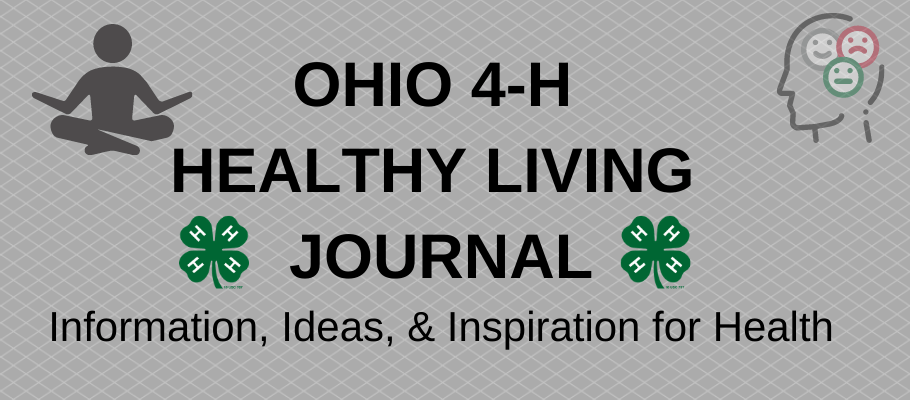It’s Teacher Appreciation Week! Being a teacher has taken on new meaning during the current coronavirus pandemic. Overnight, schools shut down and lessons moved online.
Although it was many, many years ago (long before the internet was a thing), I can still remember my kindergarten teacher. Her name was Mrs. Schiller. In the summer after school was out, my mother invited her to our house for cookies and tea. In my mind it was like having the Queen of England come to visit. And ever since I was a little girl, I wanted to be a teacher. I would play school, writing on the blackboard with chalk. When I was 10, I even taught my 3-year-old sister the state capitals, because that’s what I was learning in school. I would point to a state on the map on the wall and she dutifully replied with the capital city. I probably should have focused on teaching her something more age appropriate than 5th grade geography. Oh well, she survived, and went on to become a college professor. Now she is one of the many parents ensuring their children are learning at home. I did go one to study education, and my teaching degree led me to a career in Extension.
It’s also National Nurses Week. Nurses are among the essential workers in our world, even before the pandemic hit. Did you ever stop to think – who teaches the nurses to be nurses? Today I’d like to spotlight someone who does just that – my sister-in-law. She’s been a nurse for 37 years, in a variety of different positions – staff nurse in a large hospital, oncology nurse, head nurse, hospice nurse, home care nurse, and nurse educator in a hospital setting.
Now she has been teaching future nurses for about 20 years. She is an adjunct faculty member at a university, where her current job is being a clinical instructor. As a clinical instructor, she helps students take what they have learned in the classroom and put it into practice. She helps students learn how to provide care directly to patients. Clinical instruction blends the art and the science of nursing.
As you can imagine, this type of class depends on working directly with people. She said it was a “huge challenge” to all of a sudden have to teach this type of class remotely, but she and the students all worked together and learned a lot. Her students are now graduating and entering the field as nurses. They wanted to become nurses “to care for others,” “to make a difference” in other people’s lives, and “to be a sense of comfort and support in their times of need.”
There are many different types of nurses and teachers. A career as a teacher or nurse is very rewarding. Maybe one of these careers is for you!
Teacher Appreciation Week is reminder to take time out to thank the teachers in our lives. And thank your parents for being your teachers during the school shutdown. See our activity page to get your thoughts down on paper. Teachers often don’t know if they’ve made a difference – it will make a teacher’s day if you send a note to them.
Download today’s journal page to write a thank you letter to a teacher.
Yours in health,







